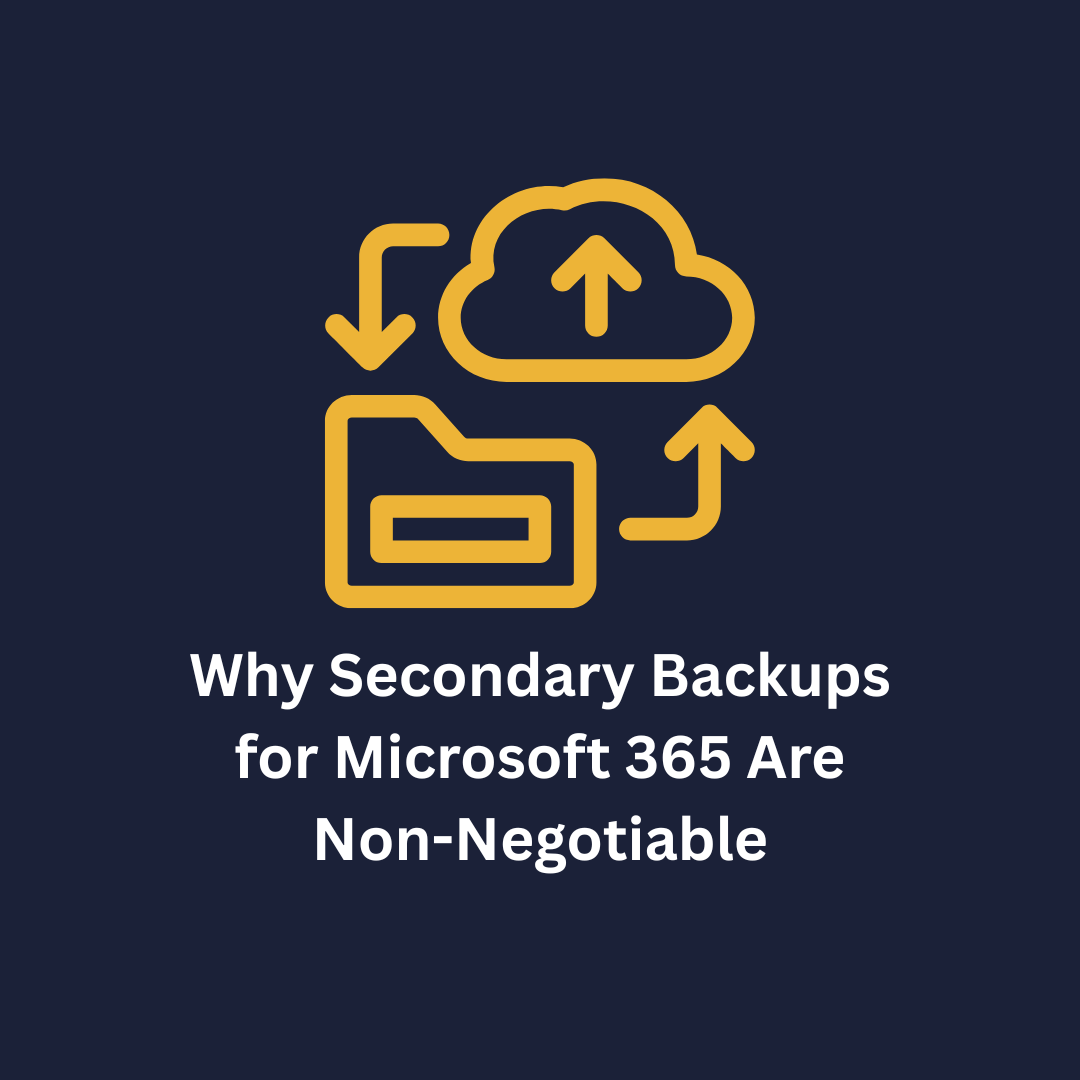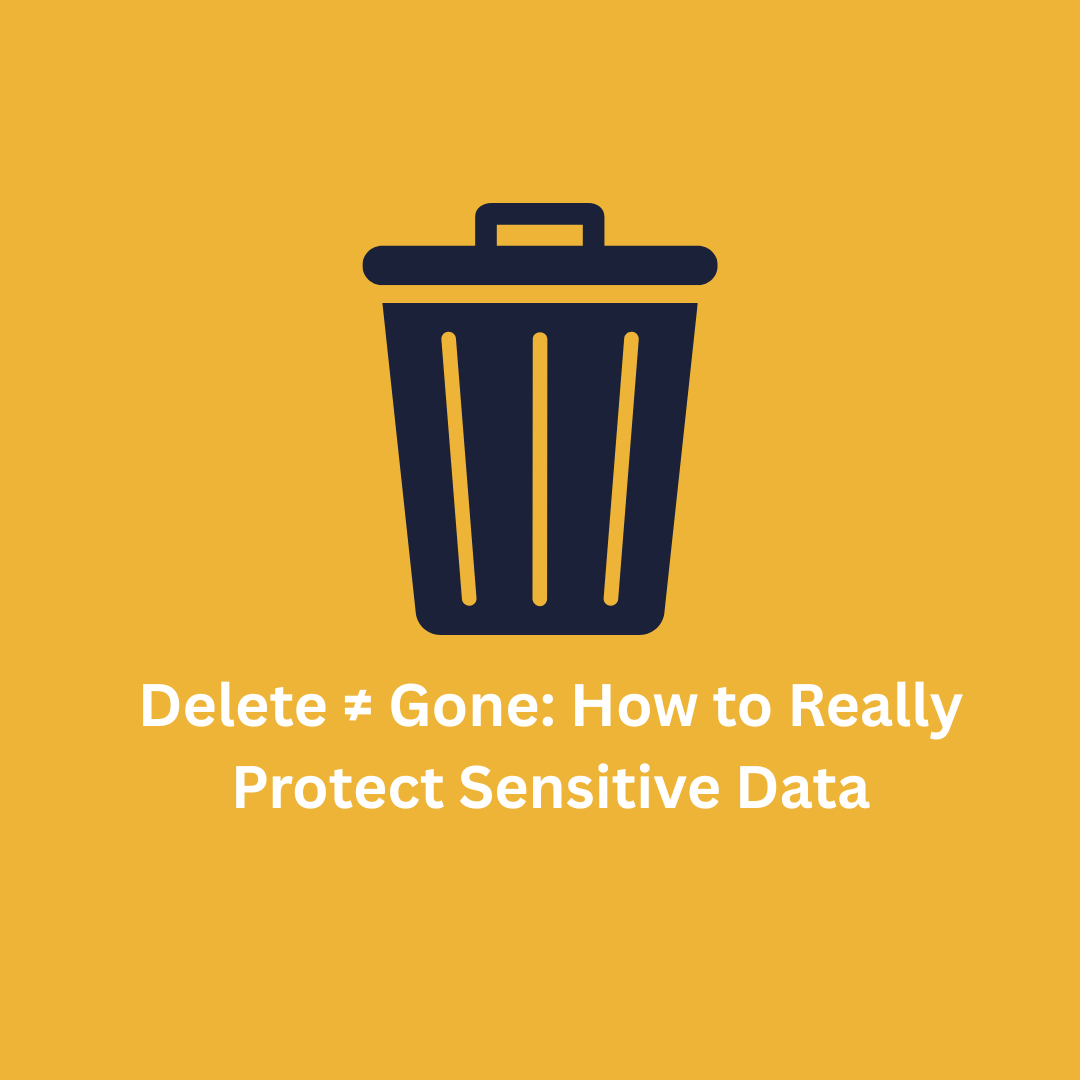Deepfakes and AI
In the digital age, the proliferation of deepfakes and AI-generated images has presented a new set of challenges for discerning fact from fiction. Deepfakes are sophisticated video or audio manipulations that can make people appear to say or do things they never did. Similarly, AI-generated images can create realistic photos or scenes that never took place. As these technologies become more advanced, it is crucial to develop skills to spot these fakes. Here is a comprehensive guide on how to find deepfakes and AI-generated images:
Understanding Deepfakes and AI-Generated Images
Deepfakes leverage artificial intelligence and machine learning algorithms to manipulate or generate visual and audio content with a high potential to deceive. The term itself is a blend of 'deep learning' and 'fake'. While AI-generated images may not involve video or audio, they use similar technology to create convincing still images.
Key Indicators of Deepfakes
1. Facial Discrepancies: Look for inconsistencies in facial expressions, such as unnatural blinking or mouth movements. The face might appear slightly distorted, or the emotions may not match the voice's tone.
2. Audiovisual Mismatch: In videos, the voice and lip movements may be uncoordinated. The tone and cadence of the voice may not align with the person's usual speech patterns.
3. Unusual Skin Texture: AI often struggles with replicating skin textures accurately. Deepfakes may show skin that looks too smooth or lacks natural imperfections.
4. Background Anomalies: Pay attention to the background. It may have distortions or a lack of coherence in the way objects are placed or how they interact with the subject.
5. Inconsistent Lighting: Check for shadows and lighting. They should be consistent with the environment and other elements in the image or video.
Techniques to Spot AI-Generated Images
1. Reverse Image Search: Use reverse image search engines to find the source of an image. If there are no matches or the context seems out of place, it could be a sign the image is manipulated.
2. Check Metadata: Metadata can provide information about the origin of a file. However, be aware that metadata can also be falsified.
3. Cross-Referencing Sources: Verify the image or video with multiple sources, especially for news-related content. If only one source reports an event with that image, it may be suspect.
4. Professional Tools: There are tools available that can analyze the content for signs of manipulation, such as Adobe's Content Authenticity Initiative or Microsoft's Video Authenticator.
Staying Informed and Vigilant
As AI technology evolves, so do the methods to detect fakes. Staying informed about the latest developments in deepfake detection is crucial.
The ability to spot deepfakes and AI-generated images is becoming an essential skill in the digital world. By being aware of the common indicators and using available tools, individuals can better protect themselves from the potential deception these technologies may present.
By following these steps, individuals and organizations can significantly reduce the risk of falling victim to cyber threats. For more detailed information and resources for cybersecurity training, call us at 877-686-6642.



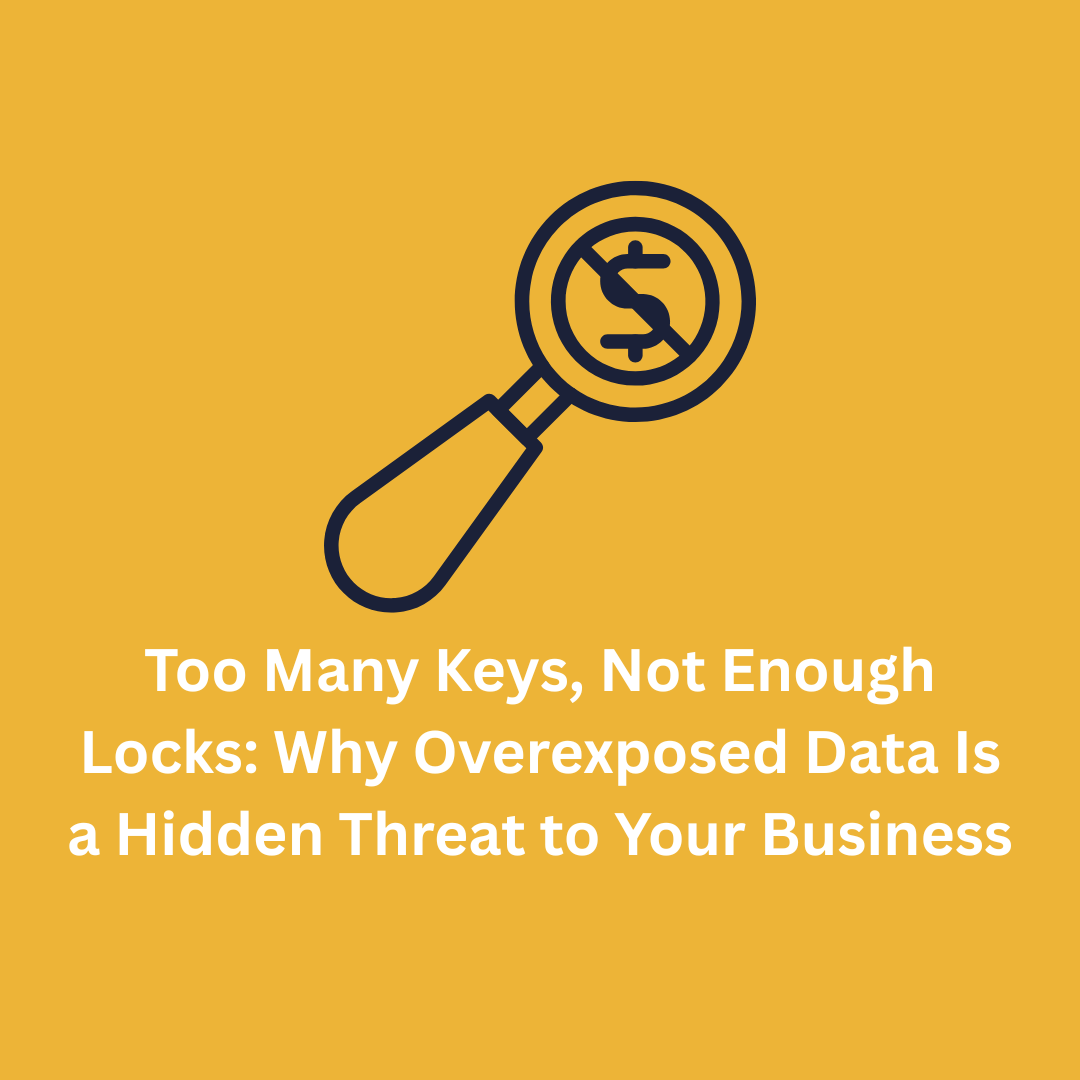














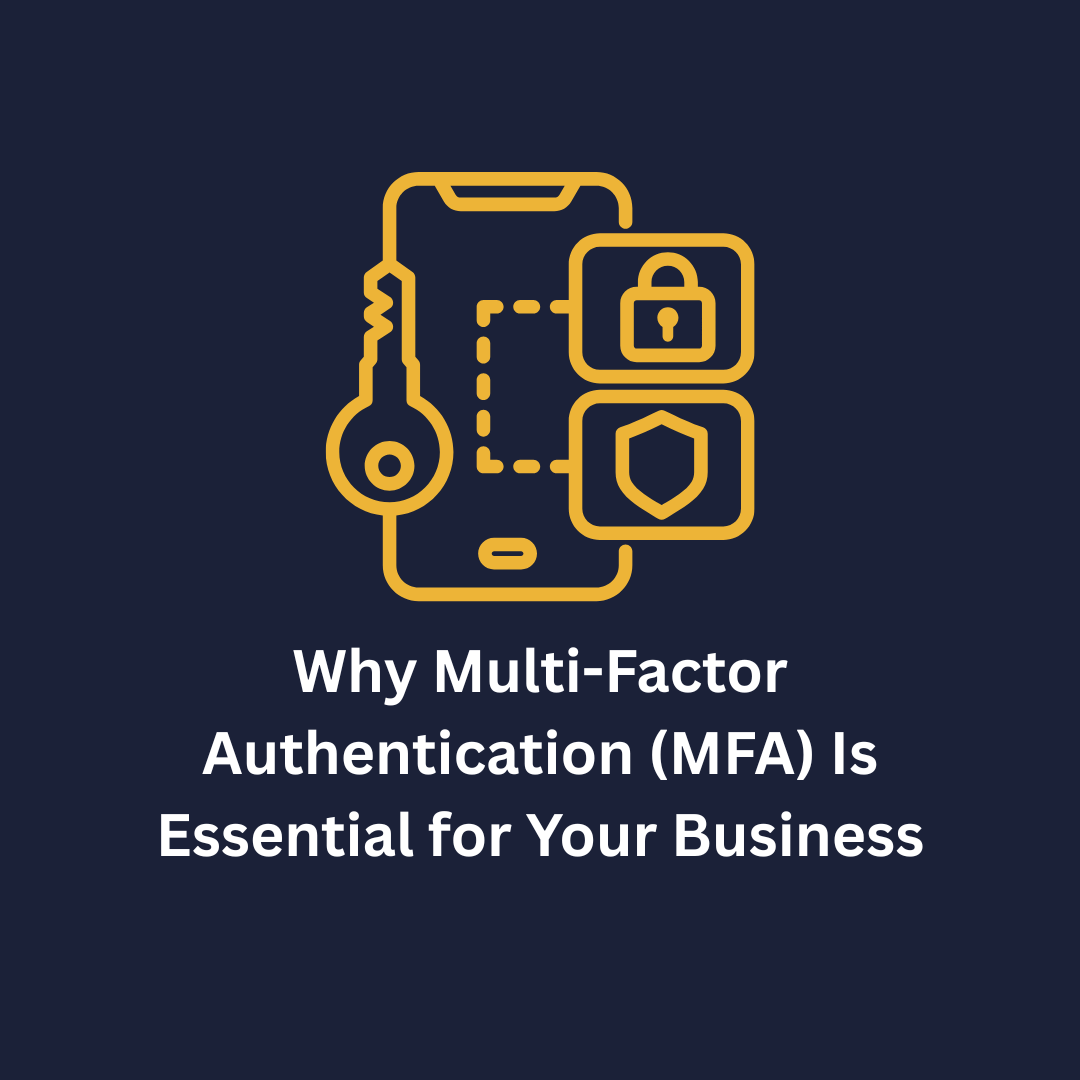


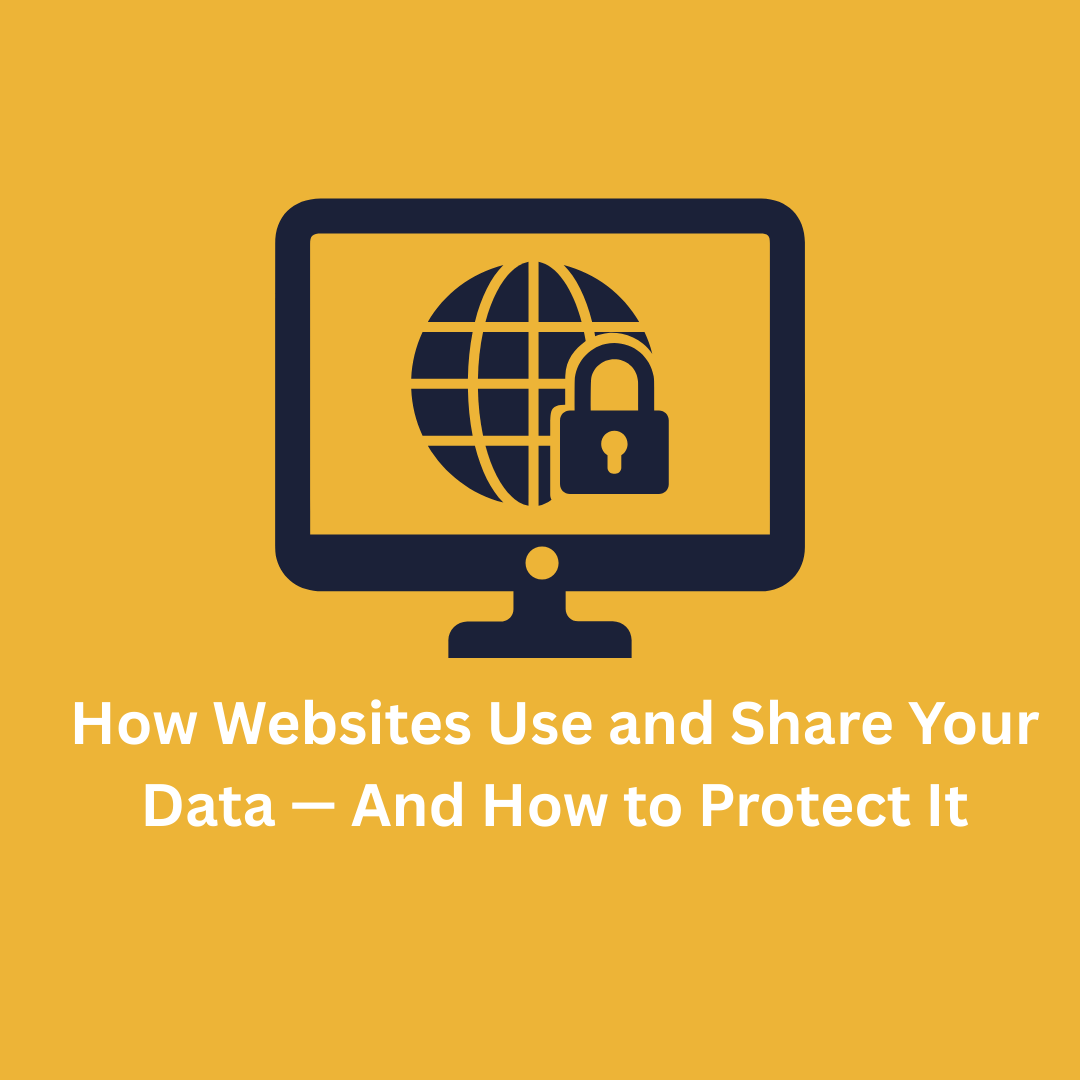


.png)


